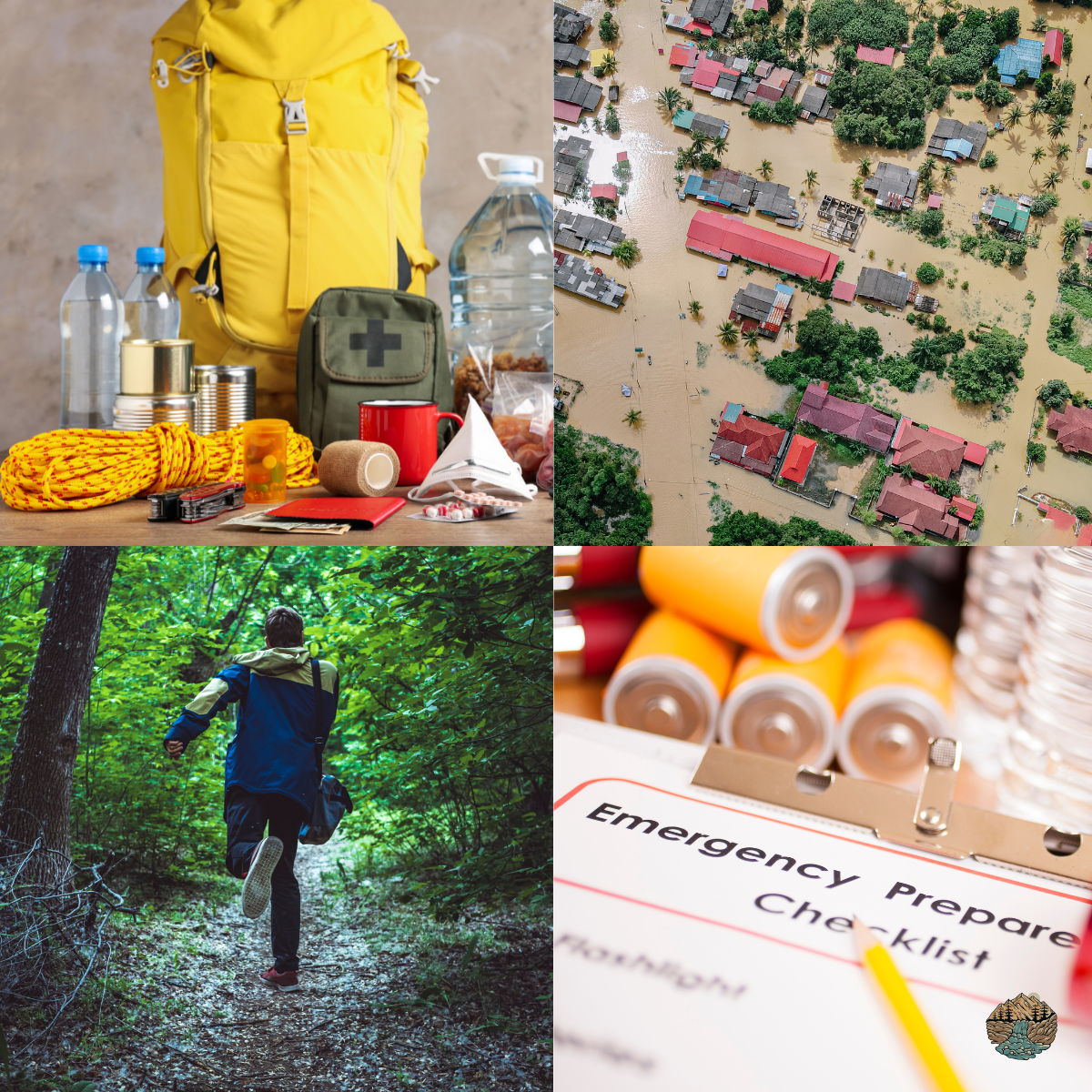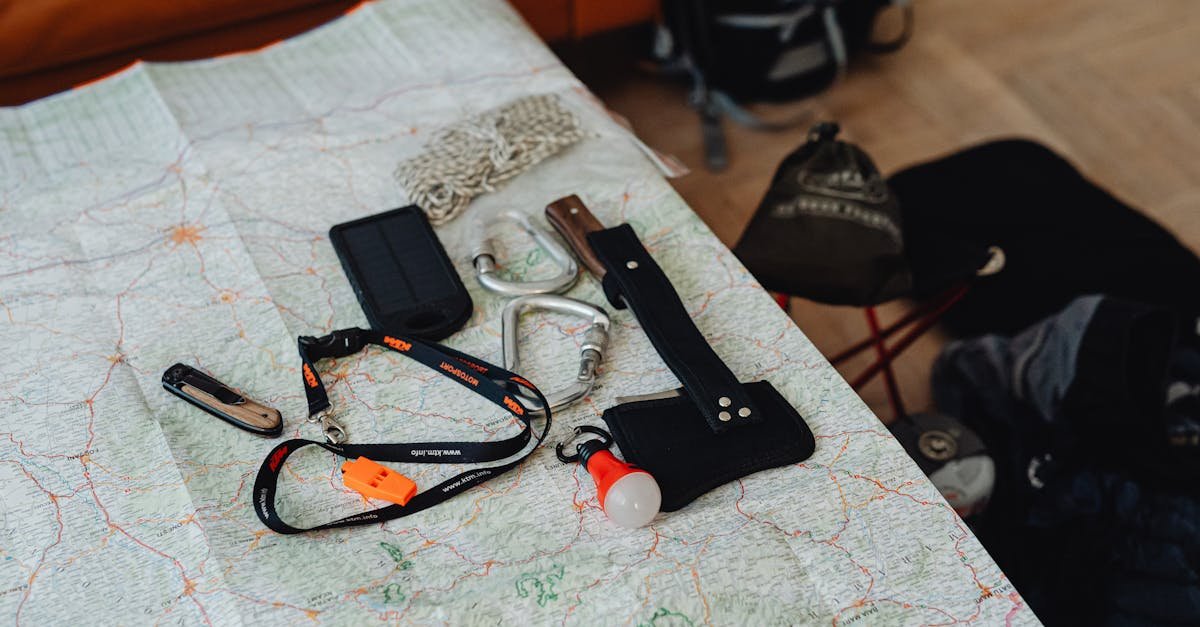The Definition of Preparedness

What Is The Definition of Preparedness?
The word preparedness is officially defined by top dictionaries as follows:
Definition of Preparedness – Merriam-Webster Dictionary
Preparedness (noun)
The quality or state of being prepared; especially: a state of adequate preparation in case of war.
Example: “The military is in a state of preparedness.”
Preparedness Definition – Dictionary.com
Preparedness (noun)
- The state of being prepared; readiness.
- Possession of adequate armed forces, industrial resources, etc., especially as a deterrent to enemy attack.
Defining Preparedness – Cambridge English Dictionary
Preparedness (noun) [U]
The state of being prepared for a particular situation.
Example: “The army is in a state of preparedness for war.”
While these definitions often reflect military or government contexts, they also perfectly align with the mindset of the modern prepper: a person who actively plans for emergencies, both large and small.
Why Preparedness Matters in 2025
The last few years have shown us how quickly life can change. From natural disasters like hurricanes and wildfires, to man-made threats such as cyberattacks and supply chain failures, the need for disaster preparedness has never been more obvious.
Whether you’re prepping for a short-term emergency like a power outage, or long-term scenarios like grid-down events, food shortages, or water disruptions, preparedness gives you the peace of mind to navigate uncertainty.
Types of Disasters You Should Be Prepared For
1. Natural Disasters
Hurricanes, earthquakes, wildfires, floods, blizzards—these can all disrupt life in seconds. Preparedness means having:
- Emergency shelter plans
- Evacuation routes
- Waterproof go-bags
- Weather-specific gear
2. Man-Made Disasters
These include:
- Chemical spills
- Civil unrest
- Terrorism or active shooter situations
- Economic collapse
Being ready means:
- Understanding crowd behavior
- Having self-defense tools
- Securing critical documents
- Knowing alternative communication plans
3. Grid-Down & Power Outages
A prolonged power grid failure could affect:
- Food storage
- Heating/cooling
- Medical devices
- Security systems
Preparedness in this area involves:
- Solar power banks or generators
- Battery backups
- Manual alternatives (can openers, water pumps)
4. Food Shortages
Whether due to inflation, transport issues, or conflict, food insecurity is rising globally. To prepare:
- Stock up on shelf-stable survival food kits
- Rotate pantry items using FIFO (First In, First Out)
- Learn basic food preservation techniques
5. Water Disruptions
You can only survive 3 days without water. Be ready to:
- Store at least 1 gallon per person per day
- Use water filtration or purification tools
- Harvest rainwater legally (where permitted)

The Core Pillars of Preparedness
1. Self-Reliance
Modern preparedness is less about doomsday, and more about independence. Can you feed, warm, and protect your family without outside help for 72 hours? How about a week?
2. Emergency Planning
Emergency plans for evacuation, communication, and medical scenarios are crucial. Your plan should be written, practiced, and adaptable.
3. Skills Over Stuff
Yes, gear matters—but survival skills like fire-starting, water purification, and basic first aid are what truly make you prepared.
4. Community
Prepping is often thought of as a solo activity, but having a local network can exponentially increase your resilience. Share resources, plans, and watch each other’s backs.
Frequently Asked Questions About Preparedness
What is preparedness in simple terms?
Preparedness means being ready for potential emergencies—whether it’s a blackout, hurricane, or civil unrest—so that you can protect yourself and your family.
How do I start prepping?
Start small. Build a 72-hour emergency kit, make a plan, and gradually build up food and water storage. Focus on the basics: water, food, shelter, and safety.
Is prepping only for extreme situations?
Not at all. Most preppers prepare for everyday disruptions: winter storms, economic downturns, or temporary outages. Preparedness is practical.
How much food and water should I store?
Aim for at least a 3-day supply per person as a starting point. For long-term prepping, many aim for 30 days to 1 year of stored goods.
Do I need to buy expensive gear to be prepared?
No. Many preps can be done on a budget. DIY solutions, secondhand gear, and skill-building go a long way.
What are the best high-impact preparedness items to buy first?
–Water filters (e.g., Sawyer Mini or Berkey)
-Emergency radio (hand-crank or solar)
–First aid kit
–Flashlights and batteries
-Food-grade buckets or vacuum sealers
Final Thoughts: Preparedness Is Peace of Mind
Preparedness isn’t panic. It’s proactive. It means accepting that while you can’t control the future, you can shape your response to it. Whether it’s a temporary blackout or a long-term crisis, being prepared means being empowered.
And in a world that’s increasingly unpredictable, that empowerment matters more than ever.
Start where you are. Use what you have. Build as you go.
Because in the end, preparedness isn’t just survival—it’s responsibility.
